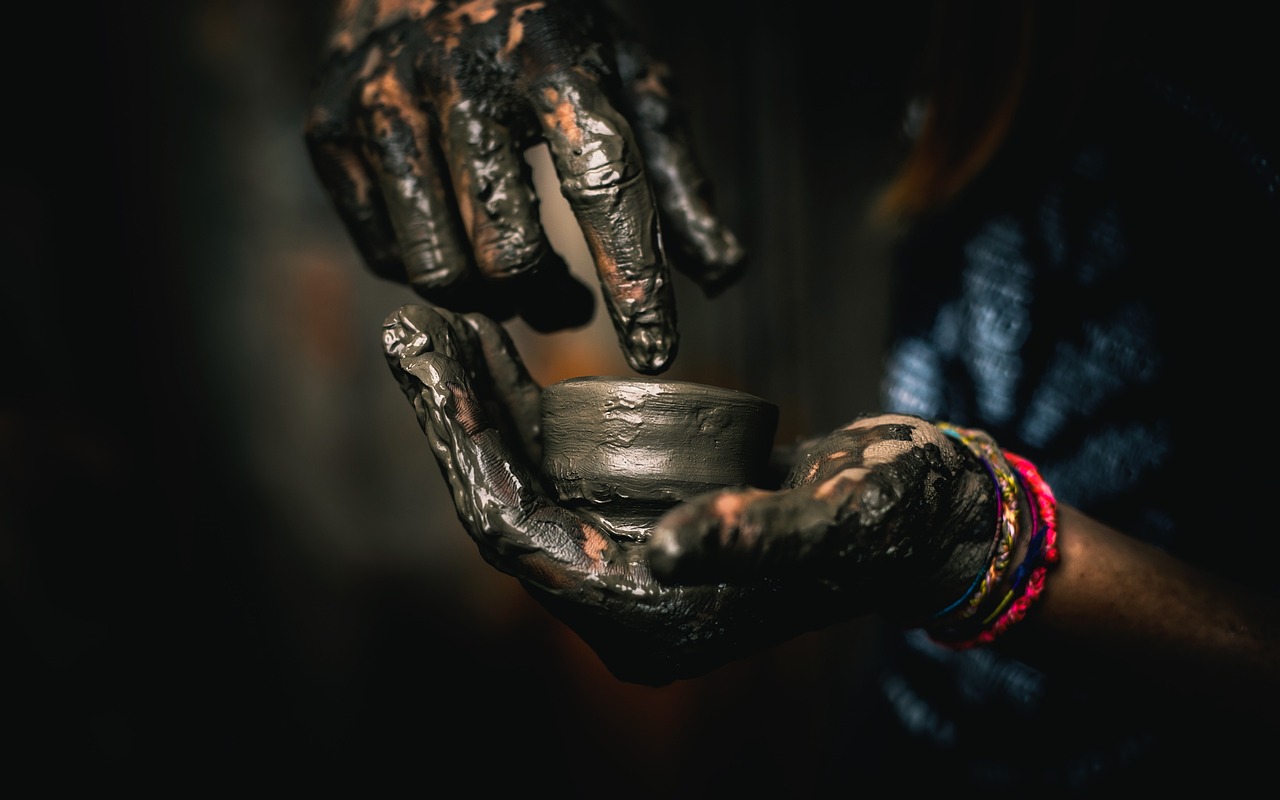The only explanation for a critic judging the work of an artist is that he thinks the artist seeks to be a critic-and no one tells them otherwise. “Those who know music create it, those who know less teach it, those who know less still organise it, and those who know nothing criticise it.” Luciano Pavarotti.
 Macu Gavilán
Macu Gavilán
Rumour has it that critics feel a secret, almost sexual pleasure when they find the work they’re analysing contains something they call influences. There is no art that is fawned over by critics that doesn’t reference an earlier or contemporary work. They say it is for this reason that it has been so difficult for art’s real innovators to gain recognition.
They murmur it is rather the quantity of such influences that determine with an amazing clarity that only the critics can see-that which is called ‘quality’ in art. The tastemakers sift the good art from the bad art with a simple equation: the more influences it has, the higher its quality, as if it were the nutrients of a vegetable.
As such, people begin to ask: what are these influences and what do they have to make critics base them on that fine line between Good and Bad art? Being a one-time philosopher, I have heard say that the influences are nothing more than direct or indirect quotes, conscious or unconscious references that tend to create a link between the work of art and a past or present with which, supposedly, they are to have a dialogue.
At times impudent question arise: Aren’t references and dialogue material more appropriate for a doctoral thesis? Why look in art for something that doesn’t exclusively belong to it?
 If the artist’s aim is create beautiful things and the critic’s that of investigating them, one can’t apply the criteria of investigation to the works of the artist.
If the artist’s aim is create beautiful things and the critic’s that of investigating them, one can’t apply the criteria of investigation to the works of the artist.
If art is a job, those in charge of judging and critiquing it should be artists and no other type of expert. Would they ever let a guitar maker tell an aeronautical engineer how to design a jet?
No. Because the objective of a jet it not to sound like a guitar.
The underlying problem here, conclude some, is confusion between two different jobs. Critics undertake research and judge art according to the instruments afforded them in their profession.
Artists create, and their way of criticising is making works of art better. It has been proposed that all art critics feel like writing the verses which they would have liked to read but have not yet done so, so all may enjoy their perfection.
If they all paid heed to this popular point of view then there would be no one sticking their nose into the work of poets and letting people know when they’d not got it quite right.
 However, seemingly the subject extends to confusion about the real aims of these two jobs.
However, seemingly the subject extends to confusion about the real aims of these two jobs.
The only explanation for a critic judging the work of an artist is that he thinks the artist seeks to be a critic-and no one tells them otherwise.
They have perhaps not thought that if artists wanted to, theywould do book reviews instead of books of poetry.
After all this controversy, in the streets appear posters that say “The main purpose of art is beauty, and not because you say it is, but because time does-let’s have a coffee every Sunday. Man doesn’t conserve a work of art if it is not beautiful. If that isn’t true, time will also refute my argument conserving these household objects that have been put in modern art museums. Signed, Anonymous.”
If that’s what the rumours say, I’d prefer to stay neutral. The Prisma’ memoirs.
(Translated by Rachel Eadie – Email: racheleadie@hotmail.com) – Photos Pixabay












.jpg)












